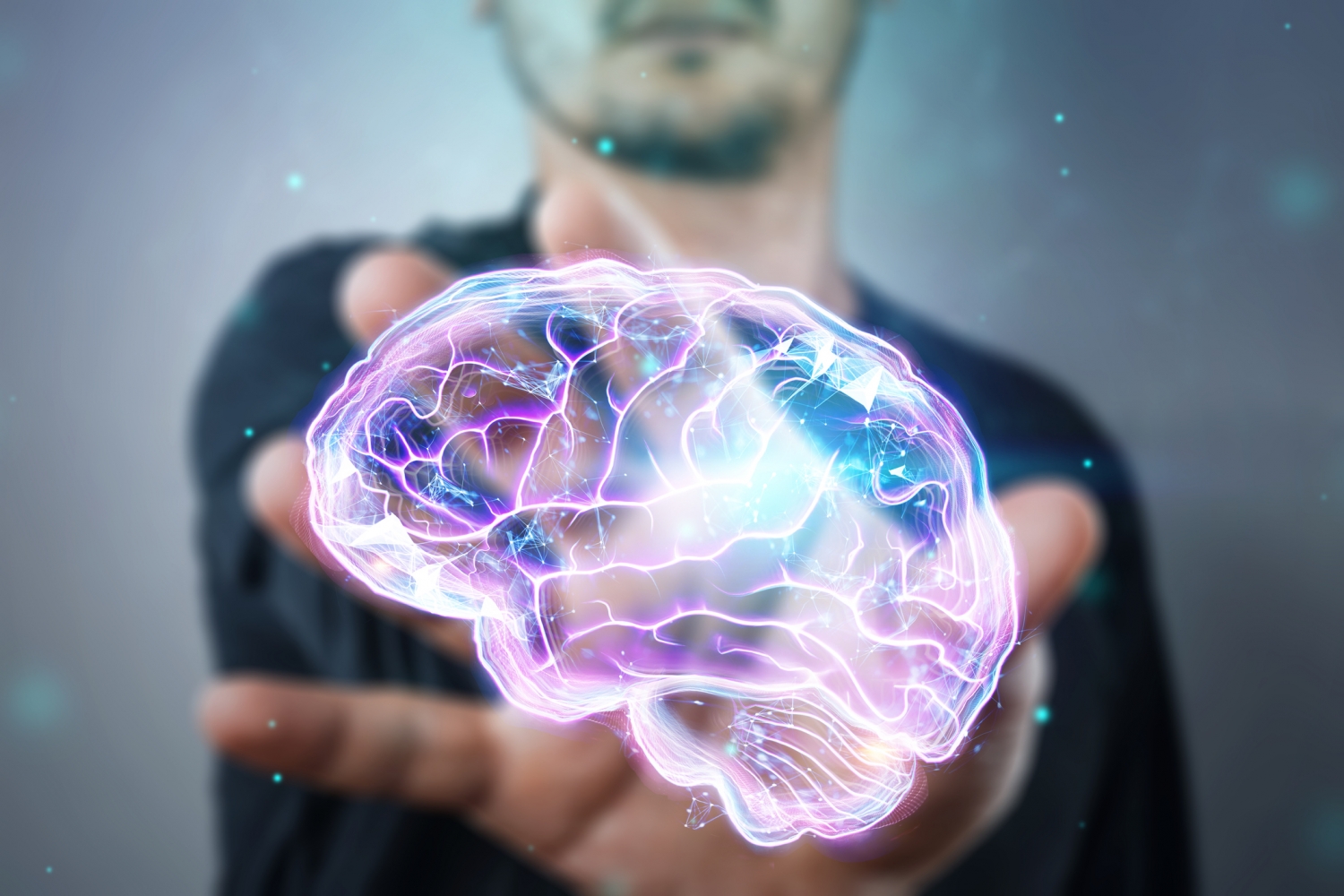
Treatment-resistant depression is depression that has not responded to two to four antidepressant medications and an adequate trial of evidence-based therapy (includes CBT, psychodynamic, and interpersonal therapy [IPT]). For the past 50-plus years, the mainstay of treatment for severe treatment-resistant depression has been electroconvulsive therapy (ECT). Transcranial magnetic stimulation (TMS) is a more recent treatment option, developed in 1985. It was approved by the FDA for the first time in 2008, and for BrainsWay Deep TMS in 2013. An article in Psychiatric Times titled TMS: A Useful Clinical Tool for Treatment-Resistant Depression by Abhijit Ramanujam, MD, appeared in the December 2021 issue. In this article, Dr. Ramanujam summarizes how TMS works, when it is a good option, its effectiveness, safety, and side effects. The following are some of the article’s highlights.
How does TMS work?
TMS uses alternating current passed through a coil of wires to generate a magnetic field. This magnetic field passes through the skull and induces a current which stimulates a focal area of the brain. This stimulation is mild and is focused on the brain region specifically involved in depression. Functional imaging studies show that TMS can change activity not only at the stimulation site, but also in a network of connected regions. Research has also shown that TMS has many molecular effects comparable to ECT. Unlike ECT, TMS doesn’t require general anesthesia and does not cause cognitive impairment or memory loss, and it is done in a 30-minute appointment in an outpatient setting. Some other studies have shown normalized serotonin levels after TMS treatments and increased regional cerebral blood flow.
How effective is TMS?
TMS is a good option for patients with unipolar depression who have not had response to two to four antidepressant trials and an adequate trial of evidence-based therapy. Patients are evaluated to confirm the primary diagnosis of treatment-resistant depression and to rule out any contraindications. TMS is not advised in patients with increased risks for seizures, implanted metallic hardware, and unstable general medical conditions.
In trials for FDA approval, deep TMS was found to effectively reduce depressive symptoms by at least 50 percent in 75 percent of patients treated and to have a 50 percent remission rate. In these studies, individuals were taken off their antidepressant medications, given TMS treatments (36 in a series) and then put on a maintenance mono medication to help prevent relapse. In clinical practice, the rates of efficacy are higher, as patients are encouraged to stay on antidepressants during TMS treatments.
TMS is generally well-tolerated with few side effects. The most serious potential side effect is a generalized tonic-clonic seizure. The risk of seizure is rare, occurring in less than 0.1 to 0.5 percent of patients when safety guidelines are followed. The most common side effects reported are headache and scalp pain, which generally resolve over the first two weeks of treatment.
According to Dr. Ramanujam, “TMS is an exciting and promising therapy that can provide real and lasting relief for patients with treatment-resistant depression. Conducted in an outpatient setting, TMS is a noninvasive procedure that is generally safe and well-tolerated.” To read the article, go to www.brighterdaytms.com, click on the TMS tab, and scroll down to the link for the Psychiatric Times article.
Submitted by Rose George, MD
------------------------------------------
Dr. Rose George provides care at Brighter Day Psychiatry and TMS Clinic. For more information about TMS, please visit her website at www.brighterdaytms.com or call 970-430-5458.